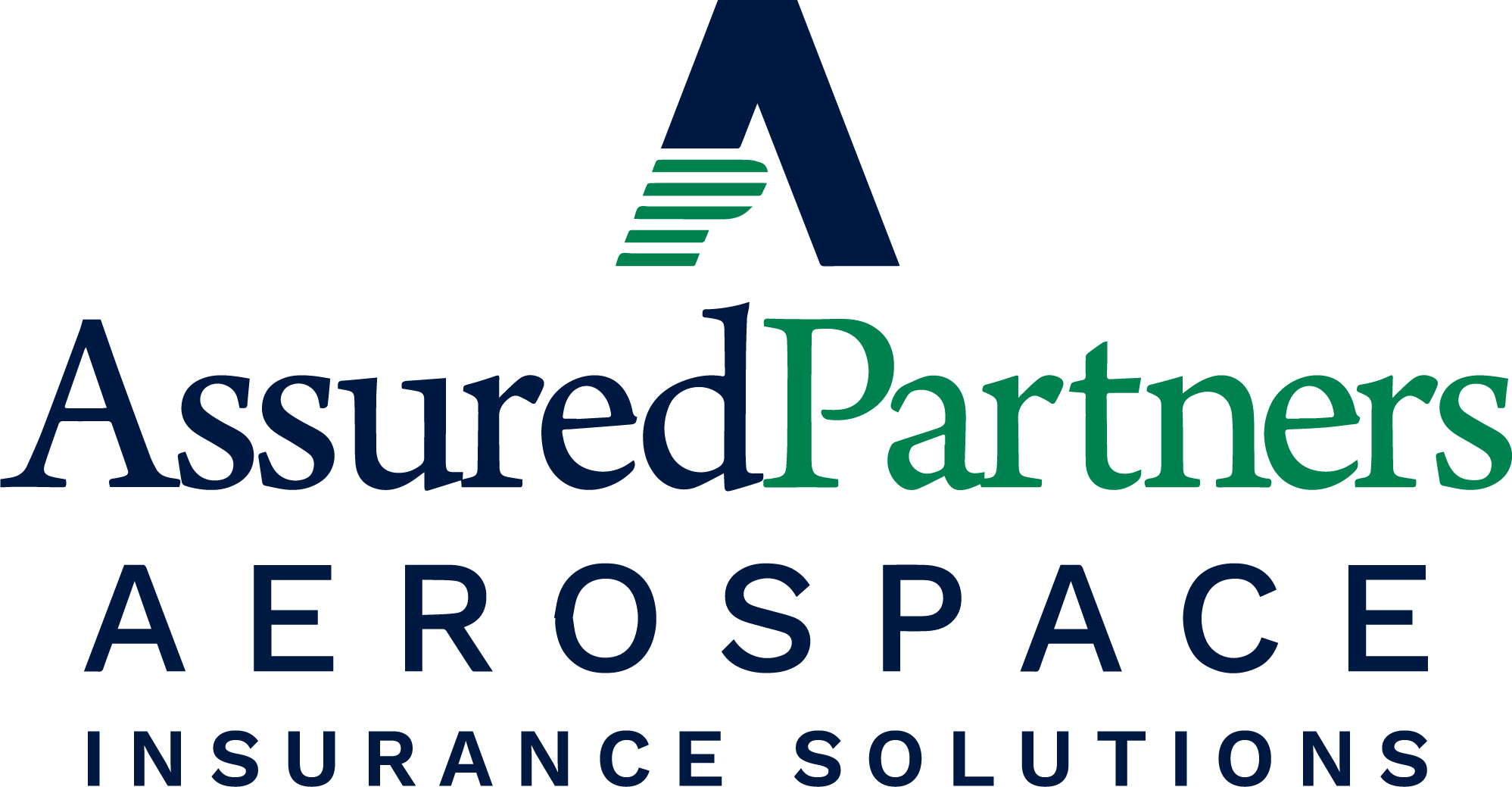Transitioning to a higher performance aircraft
What to expect from insurance underwriting
Moving into a higher-performance aircraft is a major milestone—and an exciting one at that. Whether you're stepping up from fixed gear to retractable, single to multi-engine, piston to turboprop, or turboprop to jet, each transition brings new opportunities for growth as a pilot. It also brings a few insurance considerations that are worth planning for in advance.
Fixed to retractable gear
Most insurers will look for at least 10 hours of dual instruction with a Certified Flight Instructor (CFI) who’s highly experienced in that aircraft. Your premium may be a bit higher the first year, but often decreases at renewal once you've logged over 100 hours in retractable gear.
Single to multiengine
Having solid experience in both total hours and retractable gear can make a big difference here—especially if you're making a natural transition, such as from a Beechcraft Bonanza to a Baron. Insurance carriers typically require 25–50 hours of dual instruction with a qualified multiengine instructor who’s current in the aircraft. The more dual time you're willing to commit to, the better your premium outlook tends to be.
Piston to turboprop
By the time you're ready for this move, you likely have a strong aviation background. You'll be expected to attend an insurer-approved initial training program for the specific make and model, followed by annual recurrent training. Depending on your experience, you may also need a safety pilot (often a training school pilot) for the first 25 hours or more.
Turboprop to jet
This transition usually comes after you've built considerable turboprop time. Again, insurer-approved training (initial and recurrent) is a must, along with an experienced safety pilot for the first 50 to 100 hours if you're moving into a single-pilot jet. Premiums are often higher in the first year, and coverage limits may vary based on experience.
One size doesn’t fit all
Every pilot’s journey is different. Someone with 750 total hours but 350 in multiengine aircraft might be better positioned for a transition than another pilot with 2,000 hours—all in single-engine airplanes. And if the aircraft is pressurized, whether single or multiengine, you should expect that insurer-approved training will be required.
Before making your next aircraft purchase, it’s a smart move to talk things through with your insurance broker. AssuredPartners Aerospace, AOPA’s partner for aircraft insurance , can help you navigate the underwriting process and design a transition plan that balances your goals with what insurers are likely to support.
Let’s talk before you make your move. We’re here to help you fly with confidence and clarity. Call (800) 622-2672 today to speak with one of our experts or visit www.assuredpartners.com/aviators today to learn more. We look forward to serving all your aviation insurance needs.

